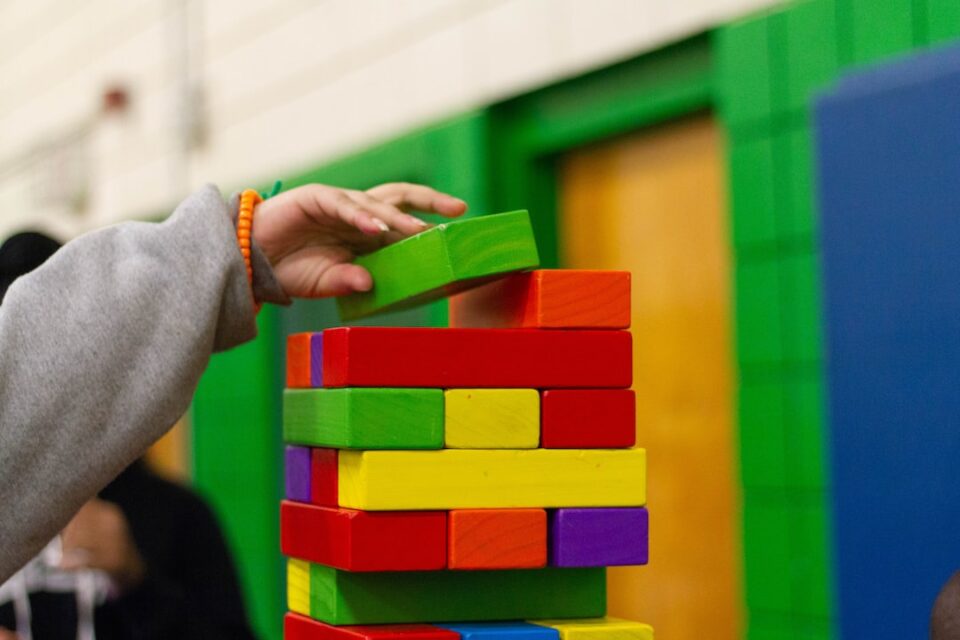Empathy is the ability to understand and share the feelings of others. It is an important skill that needs to be developed in order to create a positive school culture. Teaching empathy is essential for individual students and the school community at large. When students learn empathy, they become better able to relate to and understand others. This results in a positive school culture where students feel respected, connected and valued.
Here are some strategies for teaching empathy in the classroom:
Listen to Students:
The first step in teaching empathy is to listen to your students. Listen to their stories, their concerns, their interests, and their dreams. This will help you understand what students are going through and give you a better picture of their lives. Active listening is a critical skill that shows students that their concerns are important and that they are valued. When you listen to students, you also set an example for them on how to listen to others.
Encourage Perspective Taking:
To practice empathy, it is important to understand the perspectives of others. Encourage students to put themselves in others’ shoes and see things from their perspective. This skill helps students develop their emotional intelligence and fosters a culture of respect and understanding.
Model Empathy:
As teachers, it’s important to model empathy in our interactions with students and colleagues. Students observe our actions and behavior, and what we model sets the tone and expectation for classroom interactions. By intentionally demonstrating empathy and kindness, we can help create a supportive school culture.
Use Positive Language:
Using positive language is important in building empathy in the classroom. Encouraging words can create an environment of positivity, kindness, and empathy. Students who use positive language show greater empathy towards others and recognize the role they can play in creating a positive learning environment.
Celebrate Differences:
Diversity should be celebrated and valued in the classroom. Differences in race, culture, socioeconomic status, and religious backgrounds offer students opportunities to learn from one another. Students learn about themselves and others when they celebrate differences, which can create a sense of belonging for all students.
By implementing these strategies, we can create a positive school culture where empathy is valued and practiced. Empathetic students are more likely to develop positive relationships with their peers, create a sense of belonging, and contribute to a positive school environment. By teaching empathy, we can foster an environment that supports student success in and out of the classroom.

